7 Basic Survival Skills You Need To Know
It’s time to face the facts: if a major disaster hits, society could crumble. That means that being self-reliant is more important than ever. If you’re not sure where to start, don’t worry, we’ve put together a list of 7 basic survival skills that every prepper should know.
What Are Survival Skills?
Most people think of survival skills as something only military personnel or Boy Scouts need to know. But basic survival skills are actually something everyone should know. After all, you never know when you might find yourself in a situation where you need to fend for yourself.
So what exactly are basic survival skills? They’re essentially any skill or technique that can help you stay alive in a hostile environment. That could mean anything from building a shelter to finding food and water. Of course, the specific skills you need will vary depending on the situation you find yourself in. But there are some basic skills that everyone should know.
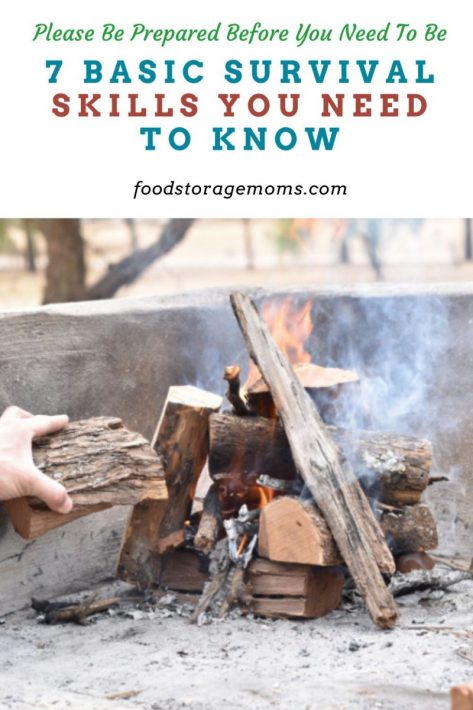
7 Basic Survival Skills
No one knows when disaster will strike, but being prepared is the key to survival. Whether you’re a seasoned prepper, or just starting out, these basic survival skills are essential for getting through any emergency situation.
1. Finding and Purifying Water
When you find yourself in a survival situation, one of the most important things to remember is that access to clean water is essential. While it may seem like finding water would be the easy part, in many cases, water can be quite difficult to come by. Even if you’re lucky enough to find a source of water, it’s likely that the water will be contaminated and not safe to drink. That’s why it’s important to know how to purify water, even if you’re not an experienced survivalist.
There are a few different ways that you can purify water, but one of the most effective is boiling. Boiling water for at least one minute will kill most bacteria and viruses, making it safe to drink. If you don’t have access to a fire or stove, you can also purify water using household bleach. Simply add eight drops of bleach per gallon of water and allow the mixture to sit for 30 minutes. After 30 minutes, the water should be safe to drink.
Being able to filter the water is also an option I strongly consider you plan for. The are a number of options and products offered like the Big Berkey and the PortaWell. Do some research after you’ve read the posts listed below, and then make your decision based on how you picture yourself using a filtering system, the volume of water you’d like to filter, the time you’re willing to spend, and the amount of money you have set aside.
Here’s some helpful information:
- The Best Portable Water Filtration Unit
- How to Make water Safe in an Emergency
- Some of The Best Ways to Purify Water
- How to Find Other Water Sources in an Emergency
2. Building A Fire
The second most important basic survival skill is knowing how to build a fire. Not only can a fire keep you warm on a cold night, but you can use it to purify water, cook your food, ward off predators, cauterize wounds, and signal for help. In short, fire is an essential tool for survival.
There are many different ways to build a fire, but the most important thing is to make sure that you have the proper materials. You’ll need tinder (something that will catch fire easily), kindling (smaller pieces of wood that will help the fire grow), and fuel (larger pieces of wood or coal that will keep the fire burning). Once you have your materials, you can build a fire using one of several methods, including the friction method, the bow drill method, or the flint and steel method.
3. Building A Shelter
If you find yourself in a survival situation, chances are you’re going to need shelter. Whether you’re dealing with extreme cold or heat, heavy winds, or rain, a shelter will protect you from the elements and help you stay alive.
There are many different types of shelters that you can build, but the most important thing is to make sure that your shelter is sturdy and will protect you from the elements. If you’re in a wooded area, you can build a shelter using logs, branches, and leaves. If you’re in a desert area, you can build a shelter using rocks, sand, and cactus. No matter what type of environment you’re in, there’s a way to build a shelter that will help keep you safe.
Once you’ve built your shelter, it’s important to make sure that it’s comfortable. Insulate your shelter using leaves, branches, or anything else you can find. And if you have a fire, make sure that the smoke has a way to escape through some vents and isn’t held in your shelter, as this can be a major health hazard. Check out my post 7 Ways to Build a Survival Shelter for more information.
4. Hunting and Foraging For Food
If you’re in a survival situation, you will need food to survive. While it’s possible to survive without food for several days, it’s important to remember that your body will start to break down after just a few days without nourishment. That’s why it’s important to know how to hunt and forage for food, even if you’re not an experienced survivalist.
There are many different ways to find food in the wild, but one of the most effective is to set traps. You can use a variety of materials to build your trap, including sticks, rocks, and leaves. Once you’ve built your trap, bait it with something that will attract the animal you’re trying to catch. Once the animal is caught, you can either eat it raw, not preferred due to disease or contamination, or cook it over a fire.
If you have a weapon, like a pistol, rifle, or bow and arrow, or sports gear like a fishing pole, you can hunt birds or animals or catch a wide variety of fish, depending on where you live.
In addition to setting traps, you can also forage for food. Edible plants that you can find in the wild are more plentiful than you may think. However, it’s important to remember that not all plants are safe to eat. Before you eat anything, make sure that you know what it is and that it’s safe to eat. Do some research about plants in your local area, and consider eating them now, before an emergency hits.
5. Reading a Compass
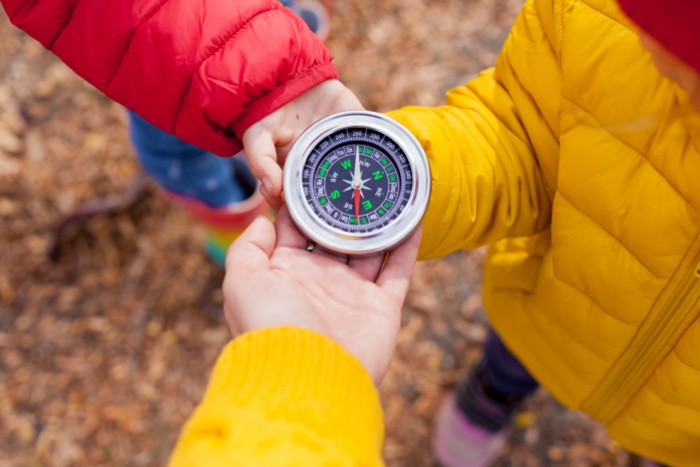
We are all spoiled by the handy use of our cell phones to get directions. It’s amazing how the GPS features on your phone can be used, no matter where you are. But, there are locations you may visit where cell service doesn’t exist, or is very spotty. That’s why learning to read a map and having a compass as a tool is so important.
A compass is a handheld device that helps you find your way by showing you North and then determining which direction you’re facing or walking If you find yourself in a survival situation, a compass can be an invaluable tool.
There are two types of compasses: magnetic and gyroscopic. Magnetic compasses use the Earth’s magnetic field to determine which direction you’re facing since it always points to North, while gyroscopic compasses use the Earth’s rotation to determine which direction you’re facing.
To use a compass, simply hold it in your hand and point it in the direction you want to go. The needle will point in the direction of North and then you determine if you need to go East (on your right), West (on your left), or South (the opposite direction of North. The degree markings on the compass will tell you how in one direction you are relative to North. The combination of a compass and a map of the area really can’t be beat.
It’s important to remember that a compass is only as accurate as the user. If you’re not familiar with how to use a compass, it’s best to practice in your neighborhood before you find yourself in a survival situation.
6. Basic First Aid
If you find yourself in a survival situation, there is a good chance you’re at a higher risk of getting hurt. That’s why it’s important to know some basic first aid.
There are many different types of injuries that you can sustain in a survival situation, but the most common are cuts, scrapes, broken bones, and burns. To treat a cut or scrape, clean the wound with clean water and apply pressure to stop the bleeding. To treat a burn, run cool water over the wound and then cover it with a sterile bandage. A broken bone may require a splint.
In addition to treating wounds, it’s also important to know how to prevent them. That means wearing appropriate clothing for the environment you’re in and being careful when you’re handling fire and sharp objects.
Basic first aid is an essential skill for anyone who wants to be prepared for a survival situation.
7. Tying Knots
In a survival situation, knots can be used for a variety of purposes, including building shelter, making a fire, and fishing. That’s why it’s important to know how to tie a few basic knots.
Some of the most common knots that you should know how to tie are the square knot, the bowline knot, and the clove hitch. These knots can be used for a variety of purposes, so it’s important to know how to tie them correctly. Mark tells me he knew all those knots, and others, when he was in the Boy Scouts. He’s forgotten some, so he tends to use the square knot in most situations now.
Do You Have the Right Gear?
We’ve talked about skills that can make all the difference when it comes to survival. I’d like to discuss the importance of having the right equipment or gear.
If your emergency situation happens at or close to home, you should have available to you the tools you use all the time. If you are in a remote location when things become a real challenge, then having the right gear is critical. Some items to consider having with you when you’re in the wild are listed below:
- Backpack: you can carry a bunch of stuff in a backpack. Buy a quality backpack that is sturdy, light in weight, maybe waterproof, and has sections or pockets to organize and sort things.
- Ax: this tool can be used to chop wood, possibly dig small holes, protect yourself, some are also designed with a hammer end.
- Tarp: this can be used to build a shelter, mat to sleep on, or as a wind break.
- Sleeping Bag: keeps you warm and dry at night.
- Extra Clothes: you may get wet, muddy, or very dirty. Having a change of clothes is a protection and makes you feel more comfortable and confident.
Final Word
Survival skills are essential for anyone who wants to be prepared for a worst-case scenario. While it’s impossible to learn everything there is to know about survival, these 7 basic skills will give you a good foundation to work from. May God Bless this world, Linda
Copyright Images: Building a BonFire AdobeStock_515853883 by Santiago, Toddlers Holding a Compass AdobeStock_364819706 by Tgordievskaya

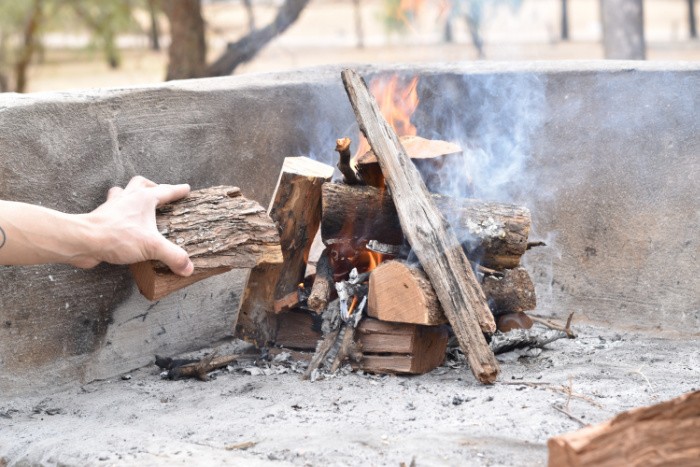


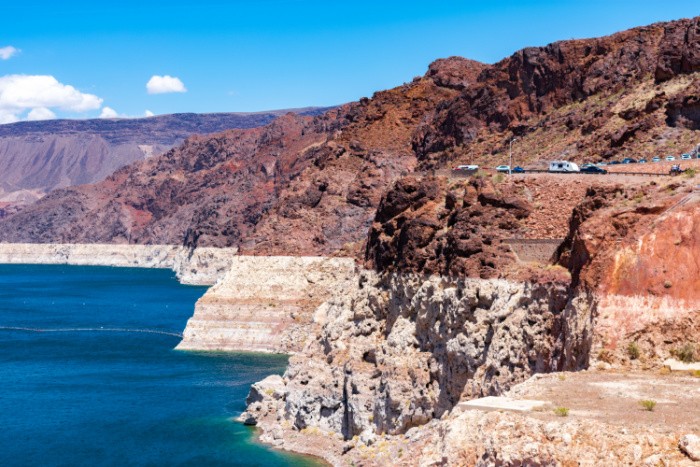
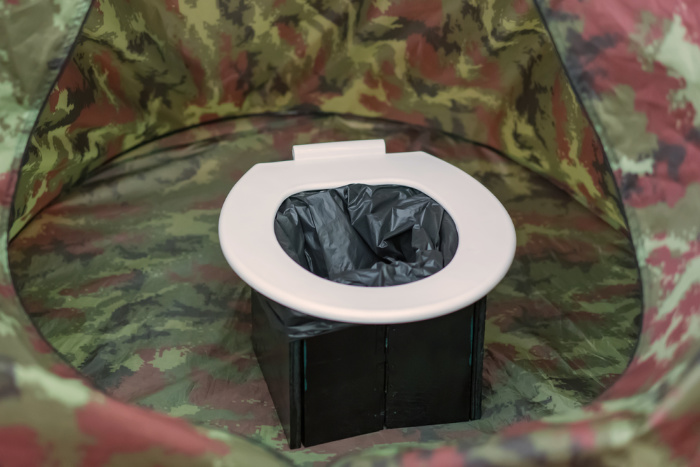
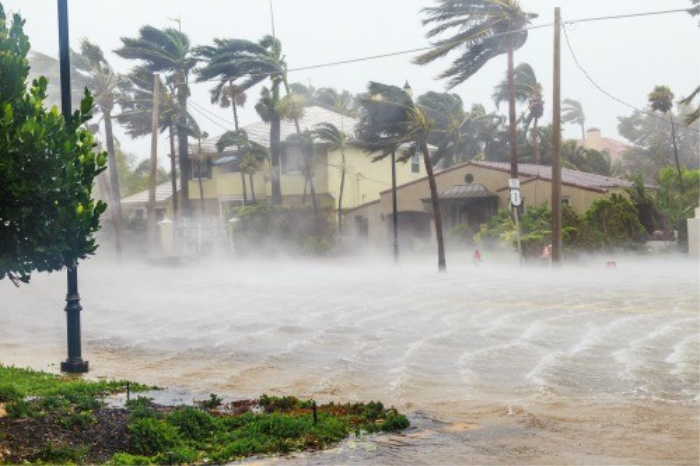
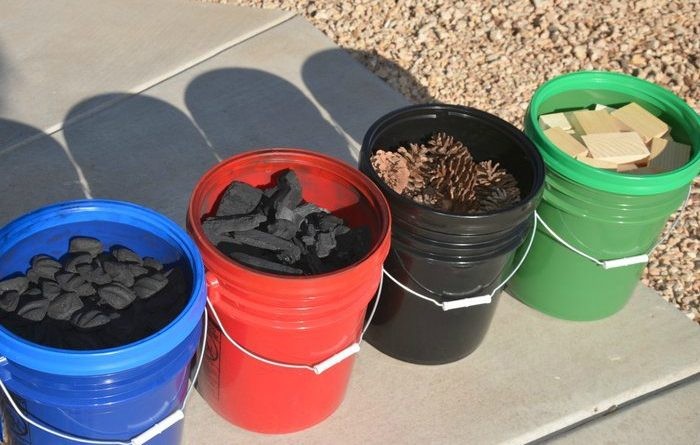
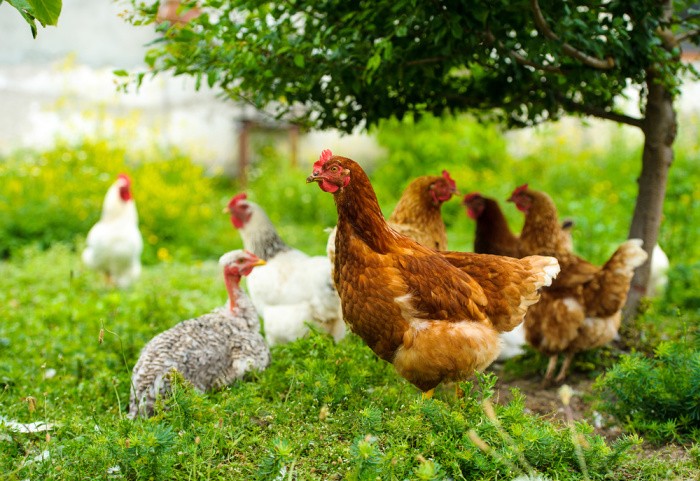
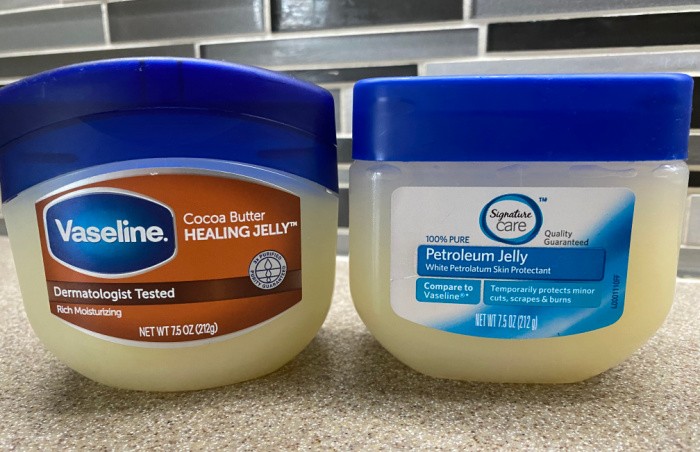
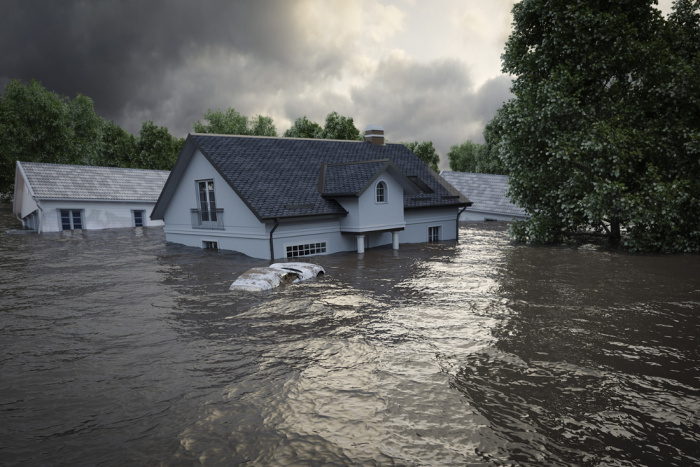
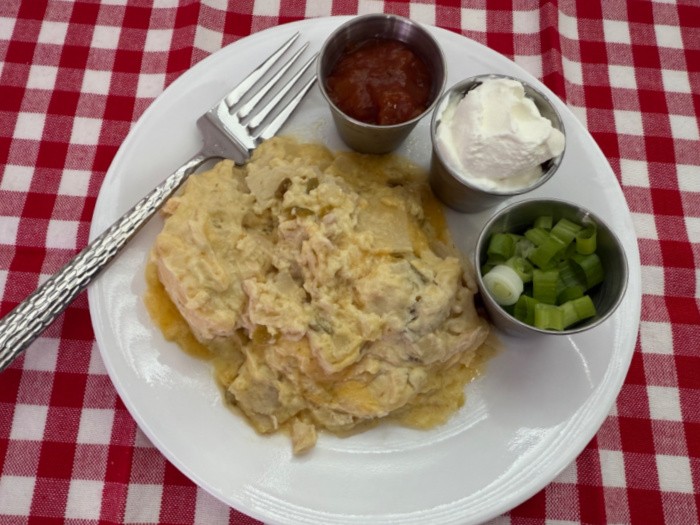
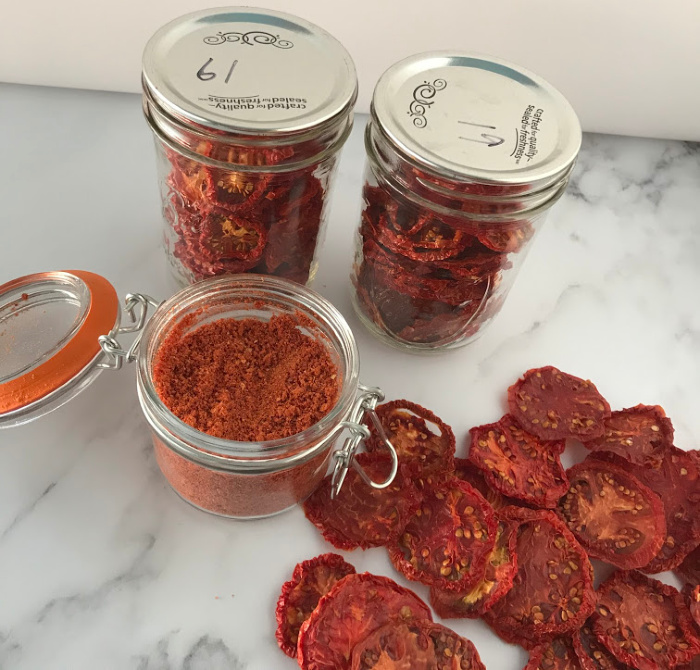
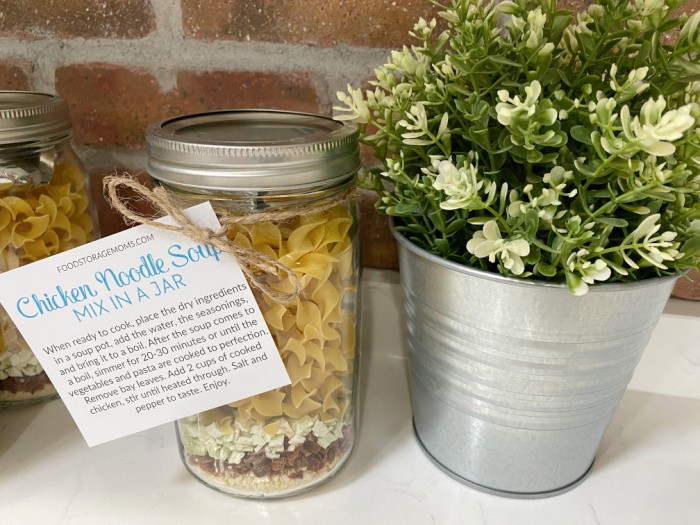
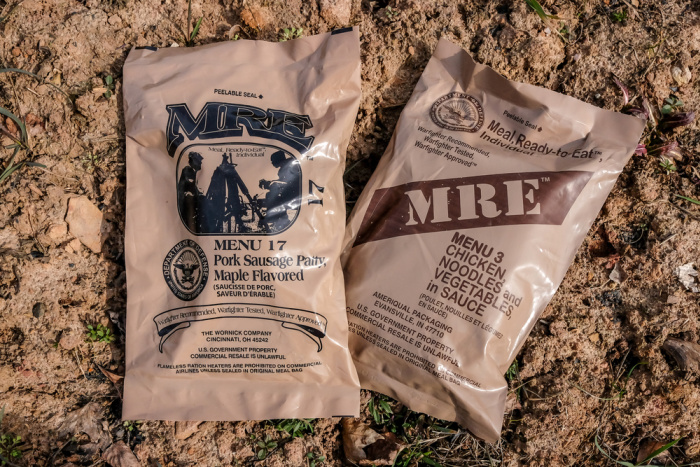

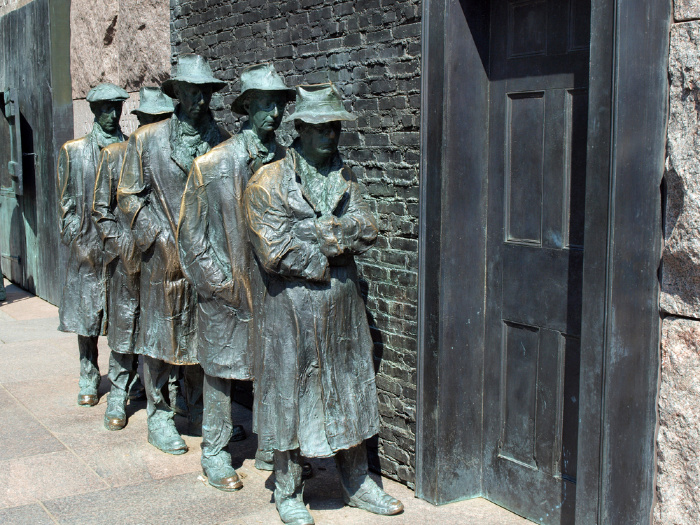
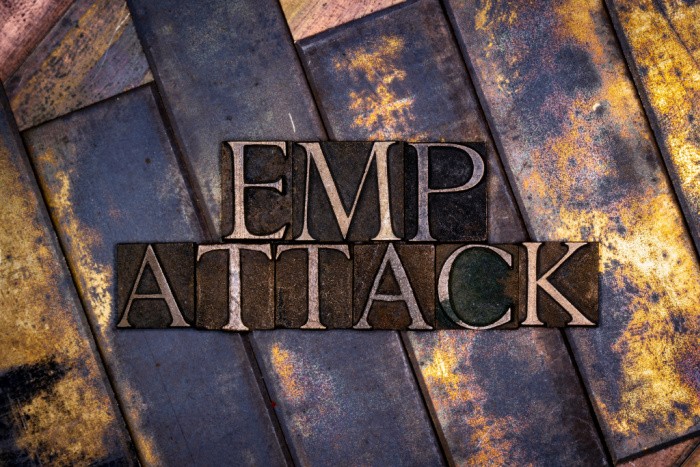
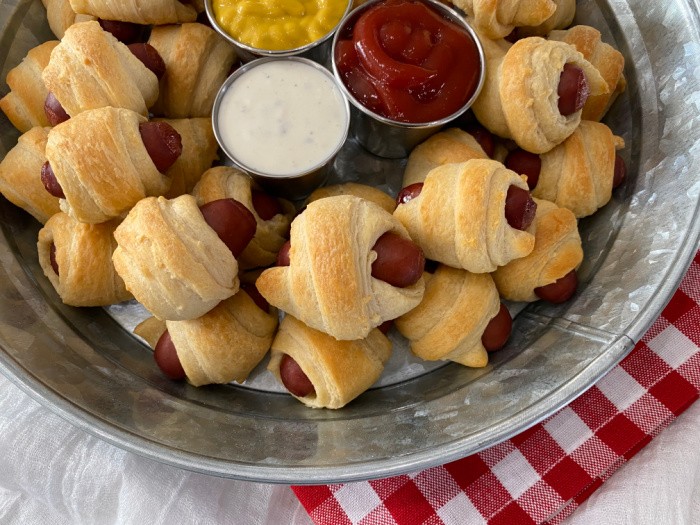

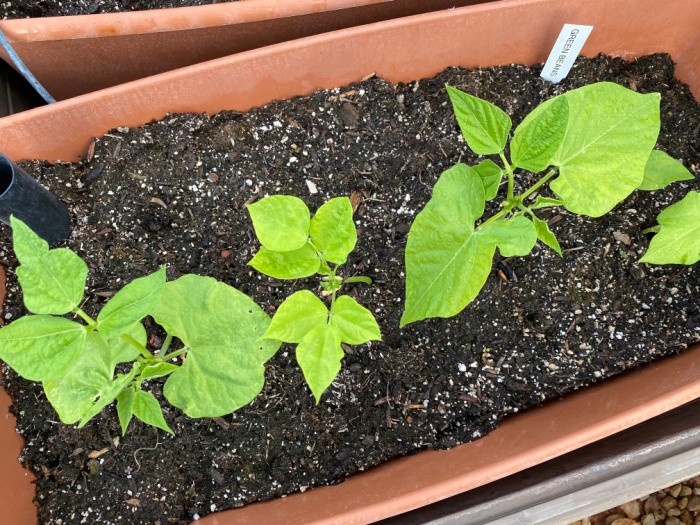

Start simple then build your way. Start with a regular lighter and learn how to build fire. Every year when we camp I watch folks try to set a log on fire with nothing else. Start small with grasses then twigs then sticks then the log. Make a tepee shape. Don’t collect wood by the lake as it’s got more moisture.
Then move into firesteel and charcloth or flint n steel etc.
Hi Matt, great tips, thank you for sharing. I haven’t heard of charcloth, I will Google it. Linda
Matt, oh my gosh, I am going to make some Charcloth, wow! I love it! Thank you!! Linda
I’m with Matt all the way on this one. Blows me away when people don’t know how to start a fire. I even use my flint and steel to start my propane grill. Keeps me in practice.
I envy people who go camping now, what with the beautiful little water purifiers currently available. I would have killed for one of those forty years ago when I was backpacking.
Hi Ray, I totally agree! Backpacking supplies have changed!! We have so many items that backpackers could have used years ago. Linda
Need to pull out my “vintage” Girl Scout camping manual As a girl then a leader, learned many of these skills. Still remember working on knots in the early 60’s. Don’t think they still teach these amazing skills.
Hi Marilynne, I love hearing this!! I taught scouting so I have the Scout Handbook! I need to brush up on knots as well! Linda
One thing my father taught me, is that the sun always rises in the east and sets in the west. If I know that, I don’t even need a compass.
Hi Janet, I love this comment. I know this as well. In Northern Utah I have my bearing, Southern Utah was a whole lot harder. I needed a compass there. Linda
Between yesterday and today, I have become to realize just how little I know. At this point in time I don’t know how much I can learn. I can make a fire….but that’s about it.
Hi Chris, well, let me say this if you know how to make/start a fire that’s a big deal, my friend. Many people do not. It’s all good, these lists are for people who may not realize some of the things we may need to be able to do. Some of us can’t do every single one of them and that’s okay. Others will be able to do many. Many cannot make bread but I can. You can start fires. Life is good! Linda
My concerns about what I don’t know was laid to rest somewhat yesterday during my youngest son’s birthday party. His second son had just come back from camp where he was learning fire building, food foraging, and tying knots. Since dad already teaches them how to shoot, and reading a compass, they are well on their way. Stay safe and healthy everyone
Hi Chris, oh this is a cartwheel moment for sure!! I LOVE LOVE LOVE hearing this! This makes a mama proud! Linda
To give people a head start I’d recommend buying books by Creek Stewart or Cody Lundin who both have written books specifically written for emergency preparedness and geared towards preppers and survivalists, but they include wilderness survival methods adapted for suburban and city dwellers. The “SAS Survival Manual” By Lofty Wiseman is also a great little book. I worry that such books may be harder to get in the near future.
Linda I think it’s good that you included having the right gear. One remark I often see posted under YouTube videos is that “knowledge weights nothing” which is true, but it takes time and experience to master skills, but even if you have amazing skills, survival is always easier when you are prepared with supplies and gear. It will make dealing with emergencies easier if you have all the things you might need.
Hi Frank, thank you for the information about those books. I love to hear about books like these. We need to practice using our preps or one may get very frustrated when they can’t figure out how to use one of the items. I know there are people who are afraid to just open the box of a Sun Oven let alone another well-needed item. It does indeed take time to master skills, great comment, my friend! Linda
I too, still have my “vintage” Girl Scout handbook from the 1367’s. I learned all those knots back in the day, but have forgotten most of them (square knot still gets used). Thinking I might use your list as a jumping point for my own list of thing to practice at least quarterly to keep in practice. As a kid I was taught to trust the government. As a senior, I have learned that’s not such a good idea.
Hi Debra, oh I love hearing you still have your vintage Girl Scout Book! Life has sure changed since we were kids, all we can do is keep going! Linda
I too still have both my Jr Girlscout and Girlscout books from the 80’s and 90’s. As a kid dad and grandfather taught me how to build a fire, cook on the fire, fish, clean, fillet, and skin the fish then cook it over an open fire. They taught me that moss starts to grow on the north side of trees and the first half of the day the sun is on the east, mid-day straight above, and the last half of the day it will be on the west. They taught me how to predict the weather by observing the animals or…
“Red sky at night sailors delight…red sky at morning, sailors take warning.” – very true!
As far as knots go, macrame is a very useful craft to master, which is more of a skill. I have made hammocks, fish nets, bird nets, plant hangers, and survival paracord bracelets with my 30+ years of doing macrame. In case anyone didn’t know, those paracord survival bracelets all use the classic square knot used in macreme. Also, any knots you learn from fishing can be very useful in non-fishing survival situations.
I know it may sound stupid but still to this day I cook the first fish caught of the season over an open fire as a way of giving thanks to those who taught me.
Hi Ravenna, oh that does not sound stupid at all. What a great skill, my friend. I think the people who taught you are looking down from heaven and saying, “good job, Ravenna”! I remember making macrame hanging, how fun! Oh, the memories!! Those books are treasures! Linda